- Source:
- © JAPAN Forward
- Tags:
- Edinburgh Fringe / Kabuki / Kabuki Buyo / KabukiMA / Performance / Theater
Related Article
-
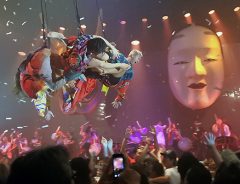
Fuerza Bruta: “Panasonic Presents WA! Wonder Japan Experience” Is A Vibrant and Spectacular Celebration of Traditional Japan
-
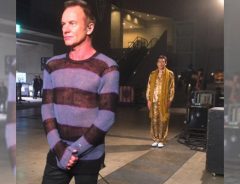
Pikotaro Steals The Show Backstage Before Sting’s Live Performance In Japan
-

Yasukuni Shrine’s ‘Yozakura Noh’ sees evening performances held under sakura
-
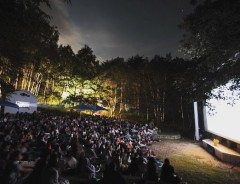
Create A Special Summer Memory: Movie Festival In The Midst Of Nature And Under The Stars
-

Noh Joke: You Can Get The Full Noh Theater Experience As One Of The Actors
-
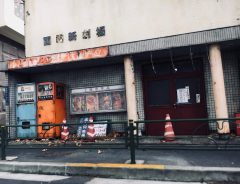
Artist’s stunning and spooky abandoned movie theater diorama is too real not to believe in
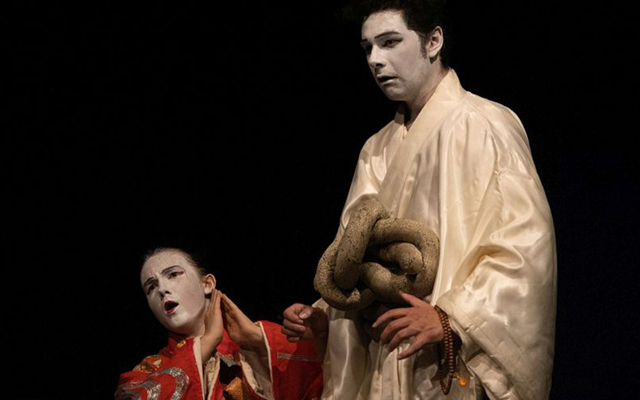


by JAPAN Forward
KabukiMA, a theatrical troupe which practices and promotes Japanese theatre in the West, will premiere a unique rendition of Narukami Thunder God, an 18th century classic of the kabuki repertoire, at the acclaimed Edinburgh Festival Fringe from August 19 to 24.
The Japan-UK Season of Culture begins in 2019, leading up to the Tokyo Olympics. As a Japanese play performed in Scotland, the show has been officially endorsed by the Embassy of Japan in the United Kingdom as an exemplar event in this period of cross-cultural exchange. It has also been highlighted by the Japan Society of London on their recommended list of things to see.
JAPAN Forward reached out to Maria Telnikoff and Mark Diaz, the non-Japanese duo that makes up KabukiMA, to learn more about the background of the troupe and how they came to perform this famous Japanese kabuki story. They responded in writing.
© JAPAN Forward
How It Started
We first became a kabuki duo in 2018, when our paths converged at Pomona College, and individual interests in Japanese culture, specifically its rich theatrical tradition, merged into a shared passion to pursue kabuki as both an academic and artistic profession.
By happenstance, Pomona College, California, turned out to be the epicenter of kabuki studies in America, due to the work of Emeritus Professor of Theatre Leonard Pronko, who effectively brought this theatrical form from Japan to the West in the 1960s, and was awarded the “Order of the Sacred Treasure” by the government of Japan for this achievement.
Although Leonard Pronko is now in retirement, he graciously gave up his time to share his years of wisdom and thereby provided us with an indispensable historical grounding in the subject. We watched many of the most popular plays in the kabuki canon, from the intricate dance sequences of Lion Dance to the lightning-fast quick changes of Ten Roles of the Date Clan, from the impassioned fight scenes of Yoshitsune and the Thousand Cherry Trees to the physical farce of Fishing for a Wife.
However, we wanted our knowledge of kabuki to go beyond the theoretical and so Professor Pronko suggested we supplement our kabuki history classes with dance classes.
© JAPAN Forward
Learning How to Move for Kabuki and What It Means
We began taking lessons in kabuki-buyo dance under the venerable dance legend Fujima Kansuma Sensei, who, even at 101 years old, still teaches at her dance school in Little Tokyo, Los Angeles. Under her we gained a training in the kabuki physicality, which follows a strict movement vocabulary, in which even the position of a toe can be symbolic (the raising of the big toe in kabuki signifies rage).
It took many months to learn even the barest fundamentals of kabuki-buyo, such as the correct way to walk, how to hold the fan, and the orientation of legs and arms, which vary according to gender: men traditionally walk with turned-out feet, spread their legs wide in mies (or poses) and open their hands when enacting combat, while women keep their feet “pigeon-toed,” take small (but sometimes tremendously fast) steps, and keep their fingers together and thumbs tucked in to create paddle-shaped hands.
With this training, we decided to physically stage a full kabuki performance at the university. And it was there in California that we had our first staging of Narukami Thunder God, soon to make its U.K. debut.
(...)
Written by Japan ForwardThe continuation of this article can be read on the "Japan Forward" site.
Californian Duo Brings Kabuki-Inspired Play to Edinburgh Fringe